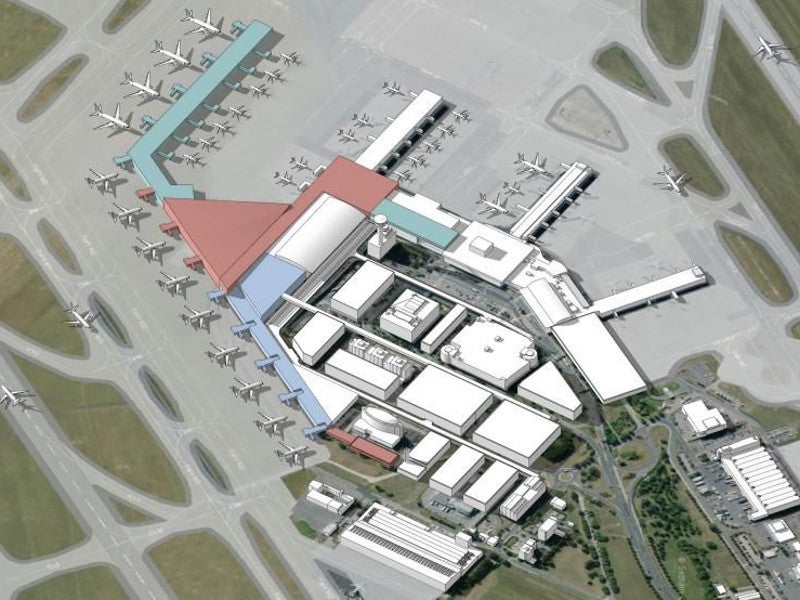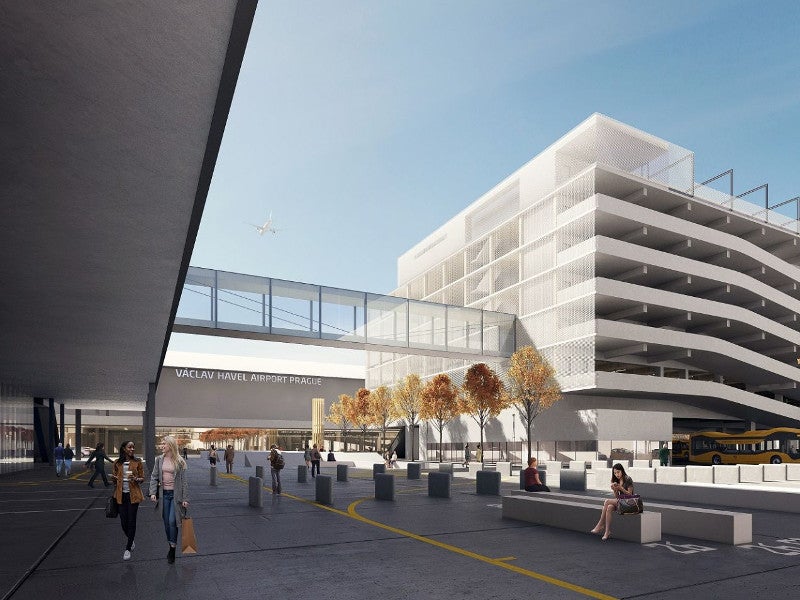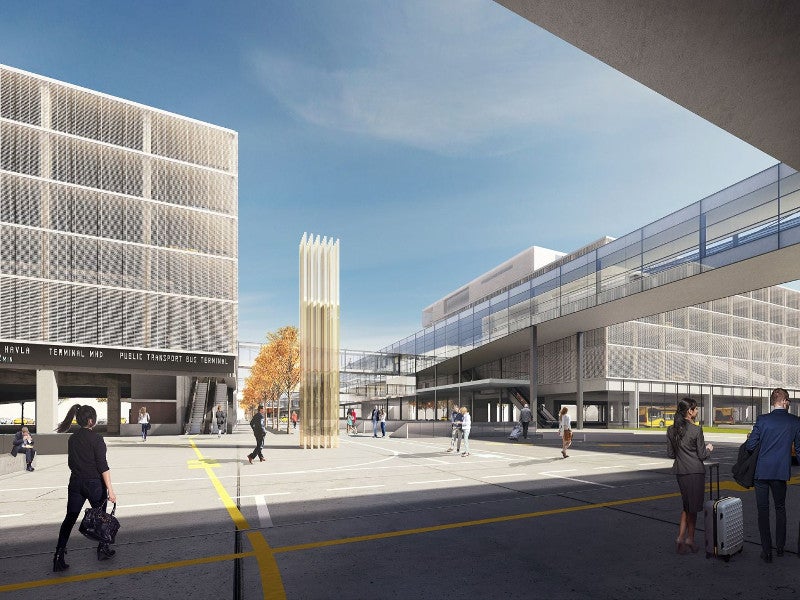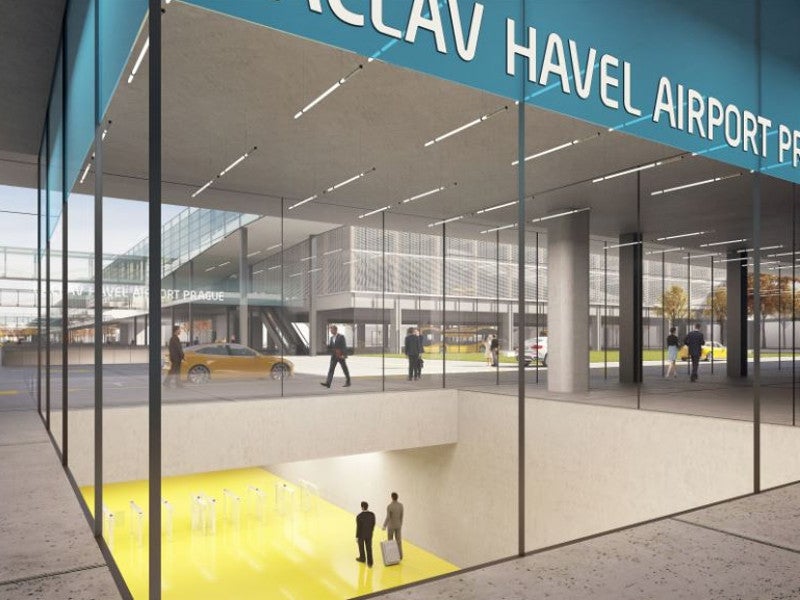Václav Havel Airport Prague (IATA: PRG) initiated the Terminal 2 expansion project to meet the increasing passenger demand.
The Ministry of Finance of the Czech Republic approved the project in November 2019 and the expansion is scheduled for completion in 2028. The Terminal 2 expansion project forms part of the airport’s long-term concept and development strategy, which continues until 2035.
PRG is the fifth fastest-growing airport in Europe. The airport served more than 16.4 million passengers and handled 143,356 aircraft movements and 82,131t of cargo from January to November 2019.
Terminal 2 expansion details
The Terminal 2 expansion will be carried out in multiple stages. It will create nine new contact parking spaces with jetways and gates for short and medium-haul aircraft. The expansion will also involve the construction of five alternative parking spaces for long-haul flights.
The ground floor of the new parking garages will house a new public and charter bus transportation terminal, which will improve the comfort and safety of passengers. The new facilities will replace existing parking capacities on the premises of the PC Economy parking lot and the PA Smart parking garage.
Parking garages will also be equipped with electric car charging stations, robotic parking and advanced IT technologies for monitoring occupancy. The parking garage design will be dependant upon car-sharing expansion in future.
It will serve as a roadway for pedestrians between terminals and other facilities. The building will also have the option to house retail outlets and restaurants and will be constructed between 2021 and 2023.
A Plaza will be created in the front portion of Terminal 2 and Aviatická Street, with new public spaces that will include plenty of greenery.
D3A studio provided design concepts for public areas in front of the terminal.
Other developments at Václav Havel Airport Prague
Václav Havel Airport Prague will have new check-in counters installed, with self-bag drop technology for handling long-haul aircraft. Terminal 1 will have eight new check-in counters and Terminal 2 will house one check-in island with 24 new counters.
The baggage sorting facility will be reconstructed to double its existing capacity and a new de-icing stand will be built to service up to two aircraft.
Sector B1 of the apron will be reconfigured to accommodate two aircraft stands and two reconstructed departure gates. The pier C stand will also be reconfigured to house two new bus gates.
A parallel runway will be built along with taxiways, which will provide a connection to the north and south of the airport and other infrastructure elements.
The airport will also have its infrastructure expanded and will offer additional services to its visitors to enhance the passenger experience. It aims to introduce new technologies, including biometry, virtual reality, smart parking, virtual taxi or holograms and robots.
A new airport city will be built in stages, which is a primary objective of developing the surrounding areas. It is anticipated to accommodate new hotels, meeting spaces, sports facilities, educational and research centres, and administrative buildings.
A railway line connecting Václav Havel Airport Prague and the city centre will also be built to reduce the travel time by one third.
Funding
The construction of the first stage of the Terminal 2 expansion is expected to involve an investment of CZK16bn ($688m), which will include CZK9bn ($387m) for terminal expansion.
The remaining CZK7bn ($301m) will be used for the construction of taxiways, a parking facility, an elevated road and other approach routes in front of the terminal.
Short, medium and long-term developments at the airport involve an investment of CZK27bn ($1.16bn), which will be funded from the airport’s resources.







